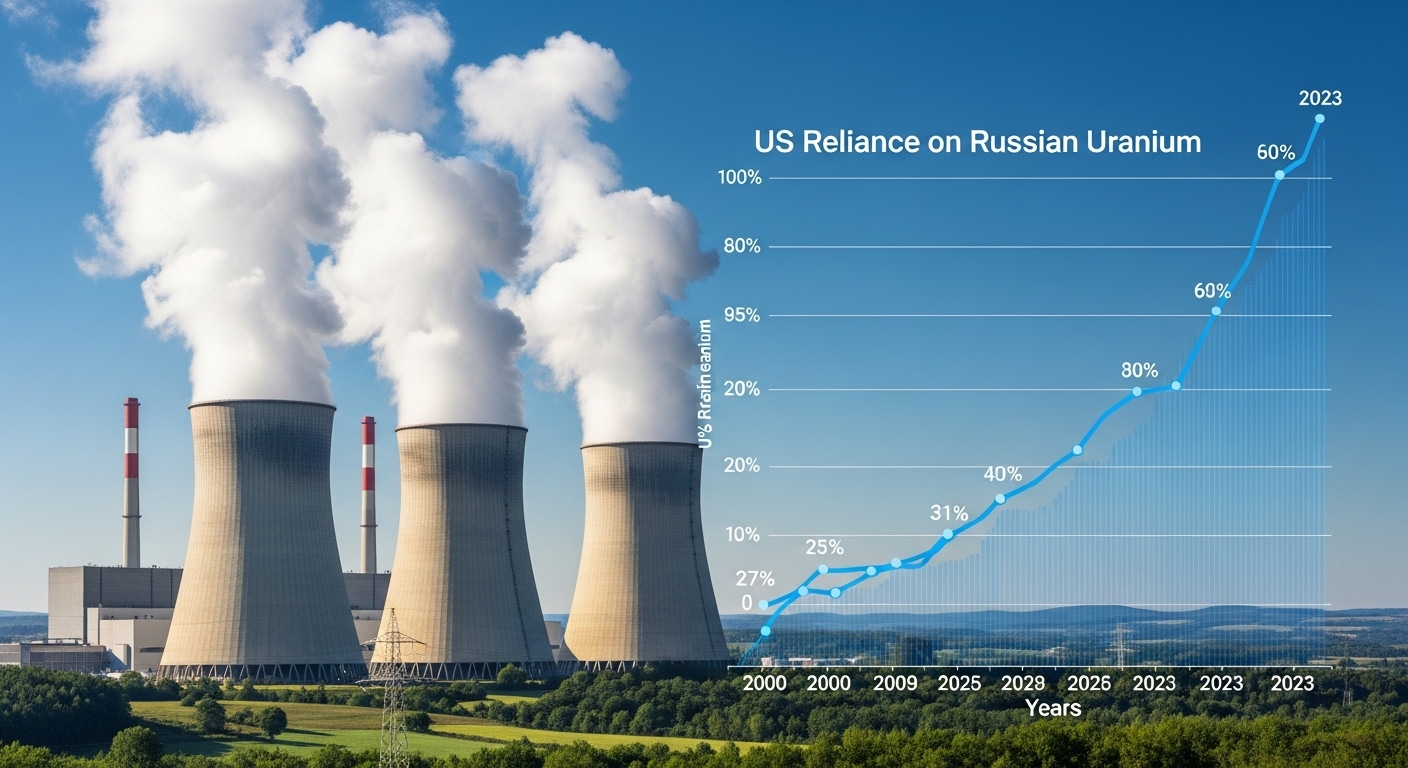Introduction: The Paradox of Potency and Pleasure
Fentanyl. The name itself conjures images of crisis and danger. Yet, for those who use it, especially illicitly, there’s a profound, almost indescribable draw. The question, “why does fentanyl feel so good?”, lies at the heart of its devastating allure. This powerful synthetic opioid is a double-edged sword: a miracle pain reliever in medical settings and a deadly menace on the streets. Understanding its euphoric appeal is crucial to comprehending the current opioid crisis.
What is Fentanyl? A Brief Overview
- Definition and Medical Uses: Fentanyl is a potent synthetic opioid, originally developed for pain management, particularly for chronic or severe pain, and as an anesthetic. It’s often prescribed in patches, lozenges, or injections.
- Its Potency Compared to Other Opioids: What sets fentanyl apart is its extreme potency. It’s estimated to be 50 to 100 times stronger than morphine and 20 to 50 times stronger than heroin [1]. This incredible strength is a major factor in why fentanyl feels so good, but also why it’s so dangerous.
- The Rising Crisis of Illicit Fentanyl: Beyond its legitimate medical applications, illicitly manufactured fentanyl (IMF) has flooded street drug markets. It’s often pressed into counterfeit pills resembling prescription medications (like OxyContin or Xanax) or mixed into other drugs such as heroin, cocaine, and methamphetamine, often without the user’s knowledge. This hidden presence significantly escalates the dangers of fentanyl addiction and overdose.

Why Fentanyl Feels So Good: The Immediate Euphoric Effects Explained
The immediate effects of fentanyl are what make it so powerfully addictive. For many, it offers an escape from pain, anxiety, and the harsh realities of life, providing a temporary, intense sense of well-being. This is the core of the fentanyl euphoric effects explained.
The Rush of Intense Pleasure and Relaxation
- Description of the “High”: Users often describe a profound calm, an overwhelming rush of pleasure, and intense euphoria. It offers immediate relief from physical and emotional pain, creating a sensation of profound contentment.
- Sensations Reported: Many report feeling light, a sense of floating, and a detachment from all worries and anxieties. The world seems to slow down, and a deep, all-encompassing peace washes over them.
- Rapid Onset of Effects: Fentanyl’s effects are felt almost immediately, especially when injected or smoked. This rapid onset is due to its high lipid solubility, allowing it to quickly cross the blood-brain barrier and reach its targets in the brain. This quick rush contributes significantly to why fentanyl feels so good and its addictive potential.
Beyond Euphoria: Other Immediate Effects
- Drowsiness, profound confusion, and deep sedation are common.
- Exceptional pain relief, even for severe, chronic pain.
How Fentanyl Affects the Brain: The Mechanism of Action Euphoria
To truly understand how fentanyl affects the brain and produces such profound pleasure, we need to look at its interaction with the brain’s complex neurochemistry. This involves the intricate fentanyl mechanism of action euphoria.
Targeting Opioid Receptors: The Key to Fentanyl’s Power
- Fentanyl primarily binds to mu-opioid receptors (mORs) in the brain and spinal cord. These receptors are widely distributed in areas responsible for pain perception, mood regulation, and the brain’s reward system.
- Fentanyl’s unique chemical structure allows it to bind to these mORs with incredibly high affinity and potency, leading to an extremely strong activation of the opioid system compared to other opioids [2]. This intense binding is a critical part of why fentanyl feels so good.
The Dopamine Flood: Activating the Brain’s Reward System
- The binding of fentanyl to opioid receptors in key brain areas, particularly the ventral tegmental area (VTA) and nucleus accumbens within the mesolimbic reward pathway, triggers a massive surge in dopamine levels.
- Dopamine is the brain’s primary “feel-good” neurotransmitter, associated with pleasure, motivation, and reinforcement. This flood of dopamine is what creates the intense euphoria and reinforces the drug-seeking behavior.
- Opioids, including fentanyl, achieve this by disinhibiting dopamine neurons. They bind to mu-opioid receptors on GABAergic interneurons, which normally inhibit dopamine release. By inhibiting these inhibitory cells, fentanyl effectively “takes the brakes off” dopamine neurons, leading to a dramatic increase in dopamine release and the powerful euphoric phase.

Neurochemical Rewiring: How the Brain Adapts
The brain is remarkably adaptable, but this adaptability can be detrimental with repeated opioid exposure. Chronic fentanyl use causes the brain to rewire itself. It becomes accustomed to the external source of dopamine and pleasure, leading to:
- Diminished natural dopamine production: The brain reduces its own natural production of dopamine and the sensitivity of its dopamine receptors.
- Tolerance: Users need increasingly higher doses of fentanyl to achieve the same euphoric effect, as the brain struggles to respond to lower levels. This escalation quickly puts individuals at higher risk.
The Dangers of Fentanyl Addiction: A Deadly Equation
While the initial rush explains why fentanyl feels so good, the flip side is a terrifying reality: the severe dangers of fentanyl addiction. Its potency, combined with its effects on brain chemistry, makes it uniquely hazardous.
High Potency, High Overdose Risk
- Minute Amount, Fatal Dose: As little as 2 milligrams of fentanyl, equivalent to a few grains of salt, can be a fatal dose [3]. This minuscule amount makes accidental overdose incredibly easy, especially when purity is unknown.
- Respiratory Depression: Fentanyl’s most dangerous effect is its profound depression of the central nervous system, particularly the respiratory drive. It slows or completely stops breathing, leading to oxygen deprivation (hypoxia), brain damage, coma, and ultimately, death. This is the primary mechanism of fatal overdose, highlighting the extreme fentanyl overdose risk.
- Hidden in Other Drugs: The insidious danger of fentanyl being mixed unknowingly into other street drugs (heroin, cocaine, meth, counterfeit pills) means users may take a lethal dose without ever knowing they are consuming fentanyl.
- Rapid Overdose: Overdose can occur within minutes, often before other noticeable changes or loss of consciousness, leaving little time for intervention.

The Rapid Onset of Tolerance and Dependence
- Tolerance: Due to the brain’s rapid adaptation, individuals quickly develop tolerance, requiring larger and larger doses to experience the desired effects.
- Physical Dependence: The body rapidly adapts to the constant presence of fentanyl. If use stops, severe and debilitating withdrawal symptoms occur, signaling physical dependence. Fentanyl’s fast action and short half-life can make dependence and withdrawal even more rapid and intense compared to longer-acting opioids.
Devastating Withdrawal Symptoms
The fear of withdrawal is a powerful motivator for continued fentanyl use, creating a vicious cycle. The intense and painful withdrawal symptoms drive compulsive drug-seeking behavior, a process known as negative reinforcement. The amygdala, a brain region involved in emotion and fear, plays a role in creating these negative associations during withdrawal, further solidifying the compulsion to use.
- Symptoms are often severe and include: intense bone and muscle pain, cold flashes with goosebumps (“cold turkey”), diarrhea, nausea, vomiting, severe anxiety, insomnia, racing heartbeat, restlessness, and profound depression.
- Crucially, intense cravings for fentanyl become overwhelming, making it incredibly difficult to stop without professional help.
Long-Term Health Consequences of Fentanyl Addiction
Beyond the immediate dangers, chronic fentanyl addiction has severe long-term consequences:
- Impaired cognitive function: Difficulty with attention, memory, and decision-making.
- Anhedonia: Changes in brain chemistry can lead to an inability to feel pleasure naturally, even from activities once enjoyed, due to the altered dopamine system.
- Increased risk of mental health issues: Higher rates of depression, anxiety disorders, and suicidal thoughts.
- Other physical effects: Chronic constipation, poor nutrition, sexual dysfunction, and increased risk of infections due to injection drug use.

Seeking Help: Breaking the Cycle of Fentanyl Addiction
Recognizing the signs and seeking help are critical steps in combating the dangers of fentanyl addiction.
Recognizing the Signs of Fentanyl Addiction
- Compulsive drug-seeking and use that takes over an individual’s life, despite negative consequences.
- Inability to control fentanyl use, even when desiring to stop.
- Neglecting responsibilities, financial problems, and strained relationships.
Treatment and Prevention
- Immediate Medical Intervention: For overdose, the opioid antagonist Naloxone (Narcan) is life-saving. It rapidly reverses the effects of fentanyl by knocking the opioid off the receptors.
- Medication-Assisted Treatment (MAT): Combining medications (like buprenorphine, naltrexone, or methadone) with behavioral therapies is considered the gold standard for opioid use disorder. MAT helps manage cravings and withdrawal symptoms, providing stability for recovery [4].
- Behavioral Therapies: Counseling, cognitive-behavioral therapy (CBT), and contingency management help individuals develop coping skills, address underlying issues, and prevent relapse.
- Awareness Campaigns and Harm Reduction: Education about fentanyl’s risks and the availability of fentanyl test strips can help prevent accidental overdoses. Safe drug disposal programs also play a role.

Conclusion: The Potent Reality of Fentanyl
Key Takeaways
- Fentanyl’s extreme potency and rapid action are the primary reasons why fentanyl feels so good, creating a powerful, but fleeting, euphoria.
- This profound feeling is a direct result of its unique interaction with mu-opioid receptors and the subsequent massive dopamine release in the brain’s reward system, explaining the fentanyl mechanism of action euphoria.
- The intense pleasure, however, comes at an incredibly high cost. The profound alteration of brain chemistry leads to rapid and severe addiction, making it incredibly difficult to stop.
- The inherent dangers of overdose due to respiratory depression and severe, painful withdrawal symptoms make fentanyl exceptionally hazardous and a leading cause of drug-related deaths, underscoring the severe dangers of fentanyl addiction and the high fentanyl overdose risk.
Call to Action
The fight against the fentanyl crisis requires ongoing vigilance and compassion. It is crucial to:
- Emphasize the importance of education and awareness regarding fentanyl’s pervasive risks, especially its hidden presence in illicit drugs.
- Encourage individuals struggling with opioid use disorder to seek professional help immediately. Recovery is possible, and resources are available to navigate the complex journey out of addiction.
If you or someone you know is struggling with fentanyl use, please reach out for help. Resources like the Substance Abuse and Mental Health Services Administration (SAMHSA) National Helpline can provide confidential information and treatment referrals [5].



